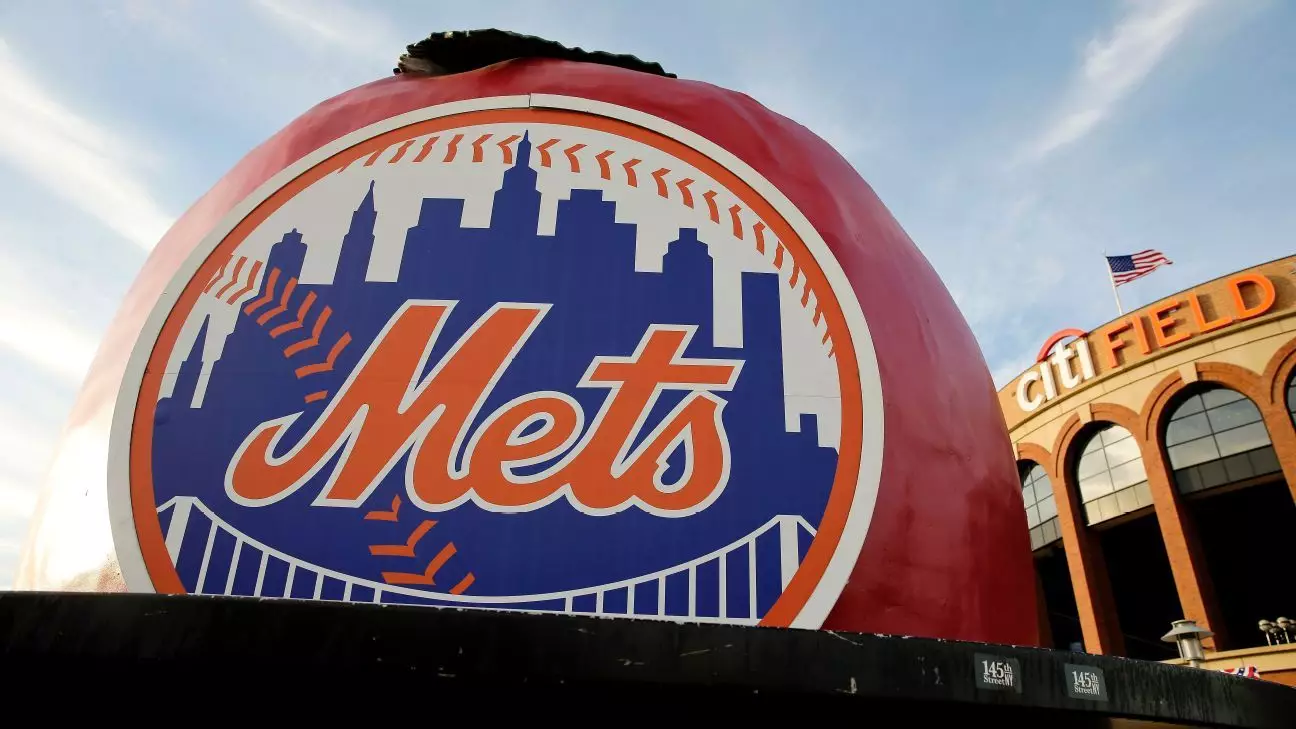The New York Mets have firmly positioned themselves as the financial titans of Major League Baseball (MLB), leading the league in spending for the third consecutive season in 2024. Under the ambitious leadership of owner Steve Cohen, the team’s expenditures have ascended to unprecedented heights, amassing a staggering total of $1.36 billion in payroll and luxury tax over the last four years. This investment is not just a mere statistic; it is a clear indication of the Mets’ commitment to competing at the highest level, eclipsing the cumulative spending of the Miami Marlins, Pittsburgh Pirates, and Tampa Bay Rays over the past two decades. Such a financial commitment signals a new era in MLB where the traditional small-market versus large-market debate may be rendered obsolete.
Cohen’s willingness to allocate resources has rewritten the record books, showcasing a $333.3 million regular payroll for 2024, surpassing the previous year’s record of $319.5 million. The Mets have shattered benchmarks quarterly, setting the stage for a new financial culture in baseball that emphasizes winning over frugality. This radical spending spree invites a closer examination of the strategies and philosophies behind such financial decisions that many other teams may find both audacious and necessary.
The Long-Term Strategy Behind Big Spending
While some may voice skepticism regarding such lavish expenditures, Cohen’s philosophy is grounded in a long-term vision. “One thing I’ve learned a long time ago, if you want something that’s amazing, it’s going to be uncomfortable,” Cohen stated. This mindset is not just a motivational soundbite; it encapsulates the arduous journey of transforming a franchise from perennial underachiever to a formidable competitor. The hefty 15-year, $765 million contract of outfielder Juan Soto—a commitment that begins this season—stands as a testament to Cohen’s strategy.
Yet, while the lure of immediate success is appealing, it prompts crucial questions about sustainability. Can a franchise thrive under such financial pressure without risking the potential fallout of fewer successful seasons? Will the Mets’ strategy of monetary dominance lead to complacency from within, knowing financial resources can mask failings in other operational areas, such as player development? These uncertainties pose a challenge for Cohen’s management style, as the need to balance short-term wins with long-term viability is essential in professional sports.
A Tale of Two Markets: The Disparity in Spending
The disparity in payroll across the league is striking, a divide that accentuates the financial commitment the Mets have made in stark contrast to the budget-constrained teams like the Oakland Athletics and Pittsburgh Pirates, who have struggled significantly with payrolls around $270 million over the past four seasons. In fact, the A’s reported a payroll of just $66.5 million, underlining a systemic issue wherein lower-revenue franchises struggle to compete against giants like the Mets.
In an environment where the players’ contributions elevate the standard of play, the stark contrast in spending raises fundamental ethical questions about the competitive balance of the MLB. What does it say about the structure of baseball when only a handful of teams can access the financial resources required to attract high-caliber talent? While it’s important to recognize that talent identification and player development play a crucial role, the underlying truth is that financial investment undeniably opens doors that were previously locked.
The Future of Baseball’s Financial Landscape
As the economic landscape of MLB shifts, it raises pivotal questions about the future of team spending and the implications it has for the game. With the Mets leading the way financially, other teams may feel pressured to elevate their payrolls in a bid to remain competitive. The recent increase in spending across the league—evident in the marked rise to $5.158 billion in total spending—indicates that even teams with moderate financial backing may need to adapt to this new norm.
However, there lies a conundrum. The influx of money into player contracts may lead to an inflationary spiral that risks alienating fans and diminishing the sport’s essence. When financial commitment overshadows competitive integrity, the spirit of baseball may be compromised. The challenge lies ahead for MLB decision-makers to establish a framework that ensures both fair competition and financial prosperity, as the future of the game hangs in the balance.
As the Mets continue to assert their financial dominance in MLB, the implications are far-reaching. The narrative surrounding their spending habits sparks debates on competitive balance, player development, and the ethics of wealth in sports. With franchises like the Mets setting new standards, there comes a clear message—that ambition, when paired with resources, can indeed redefine the course of history in professional sports. While the excitement of the Mets’ spending is undeniable, it remains crucial for the league to find pathways that keep the game competitive and the fan base engaged. The interrelationship between wealth and success will persist as a cornerstone of MLB, but how teams navigate this complex landscape will ultimately shape the future of the sport.


Leave a Reply